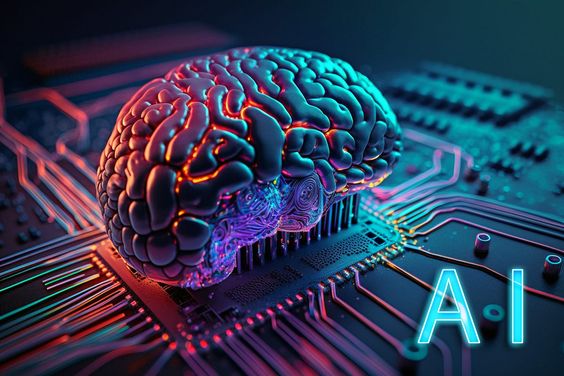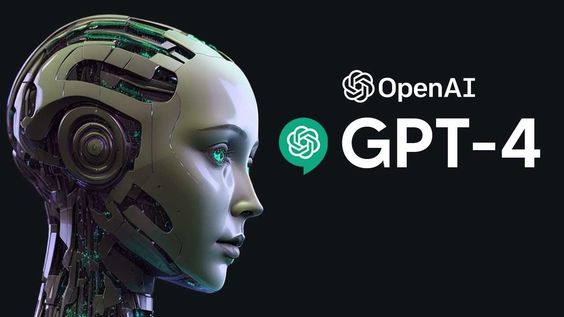The Importance of Data Processing and Security in Using ChatGPT
In today’s AI-driven landscape, ChatGPT stands out as a powerful tool for human-like text generation. However, as its usage proliferates, it’s crucial to recognize the paramount importance of data processing and security. This article aims to highlight the significance of these factors in ensuring the reliability, privacy, and ethical integrity of ChatGPT applications. By delving into data processing methods and security measures, we can better understand how to harness the potential of ChatGPT responsibly and effectively.

Introduction
Artificial intelligence (AI) has become an integral part of our daily lives, impacting various sectors such as healthcare, finance, transportation, and entertainment. From virtual assistants to personalized recommendations, AI technologies enhance efficiency and convenience in countless ways.
One significant advancement in AI is the emergence of ChatGPT, a state-of-the-art natural language processing model developed by OpenAI. ChatGPT has found widespread application across multiple domains, including customer service, content generation, language translation, and creative writing. Its ability to generate coherent and contextually relevant responses has garnered attention and adoption in both commercial and research settings.
The utilization of ChatGPT underscores the critical importance of robust data processing and security practices. Data processing involves various stages, including data collection, preprocessing, and model training, all of which influence the quality and effectiveness of ChatGPT's responses. Moreover, ensuring the security of data is essential to protect sensitive information and uphold user privacy, particularly in applications involving personal or confidential data. Implementing stringent data processing and security measures is therefore imperative to maximize the benefits of ChatGPT while mitigating potential risks and ensuring ethical usage.
Data Processing in ChatGPT
Data collection and generation of training data:
Security in Using ChatGPT
Issues related to personal data security:
Advantages of Focusing on Data Processing and Security
Enhancing trustworthiness and reliability of ChatGPT:
Focusing on data processing and security not only improves the performance and reliability of ChatGPT but also demonstrates a commitment to protecting user privacy and complying with regulatory requirements. These advantages contribute to the long-term sustainability and responsible deployment of ChatGPT applications across various domains.

Conclusion
Summary of the importance of data processing and security in using ChatGPT:
By embracing these recommendations, organizations can maximize the benefits of ChatGPT while mitigating potential risks and ensuring responsible and ethical deployment in various applications and industries.





